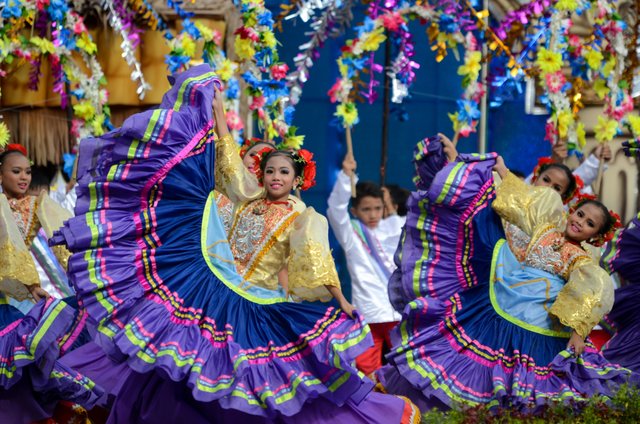
Welcome to the dazzling spectacle that is Sinulog 2024! As the vibrant streets of Cebu City come alive with the rhythmic beats of drums and the colorful swirl of costumes, locals and tourists alike gather to partake in one of the Philippines' most exuberant festivals – Sinulog. This annual event is not just a celebration; it's a testament to the rich cultural heritage and unwavering faith that define the spirit of the Cebuano people.
Traditional Performances:
The streets of Cebu City transform into a kaleidoscope of colors as various contingents showcase their creativity through elaborate costumes and choreography. Tribal dances, influenced by indigenous traditions, add a layer of authenticity to the celebration. The rhythmic pounding of drums echoes through the air, inviting everyone to join in the collective joy.
Street Parties and Festivities:
Beyond the parade, the streets are alive with lively street parties, local delicacies, and the warmth of the Cebuano hospitality. Booths and stalls line the festival route, offering a diverse array of traditional crafts, local treats, and cultural exhibits. Visitors and locals alike share laughter, stories, and dance moves, fostering an atmosphere of camaraderie.
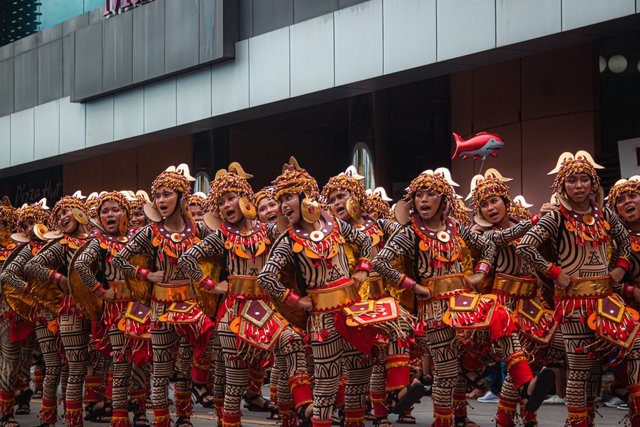
Symbolism and Meaning:
The Sinulog dance, with its intricate steps and graceful movements, is not merely a performance; it's a symbolic expression of devotion and gratitude. Each sway and turn represents the search for the Child Jesus, mirroring the journey of faith undertaken by the early settlers of Cebu. The dance becomes a spiritual pilgrimage, connecting participants with their ancestors and strengthening their bond with their cultural roots.
Participation and Inclusivity:
One of the unique aspects of Sinulog is its inclusivity. Participants range from professional dancers to students, religious devotees, and even tourists eager to immerse themselves in the local culture. The dance becomes a universal language, fostering a sense of unity among the diverse crowd. It's a celebration where everyone is invited to partake in the rhythmic expression of joy and faith.
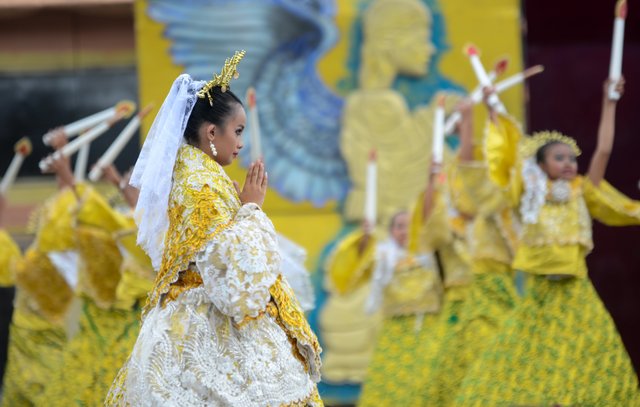
Basilica Minore del Santo Niño:
The festival's spiritual epicenter is the Basilica Minore del Santo Niño, where devotees converge to offer prayers and attend religious services. Pilgrims from different corners of the country come to express their faith and seek blessings. The solemnity of the church provides a stark contrast to the lively street celebrations, creating a harmonious blend of festivity and spirituality.
Rituals and Processions:
The festival includes various religious rituals and processions, enhancing the overall spiritual experience. The solemn processions through the streets, accompanied by religious hymns, create an atmosphere of reverence and contemplation. It's a time for introspection, allowing participants to deepen their connection with their faith and the Santo Niño.
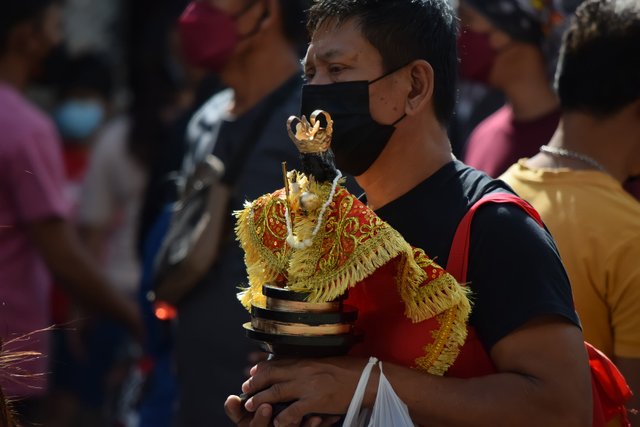
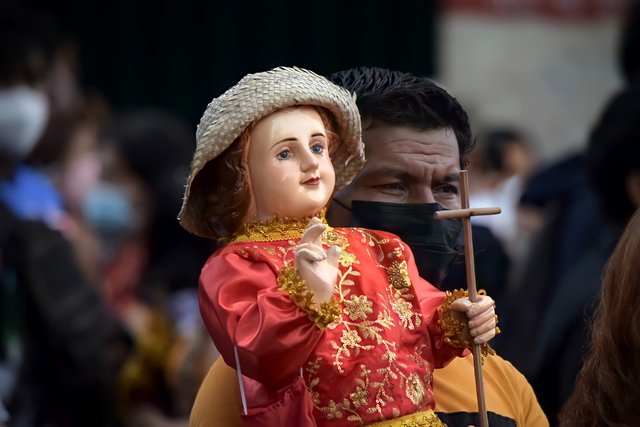
Cultural Exchange:
Sinulog serves as a melting pot of cultures, bringing together people from different regions and backgrounds. It's a celebration of the Philippines' diverse tapestry, highlighting the unity that can be found in the midst of cultural differences. The festival becomes a powerful symbol of the nation's ability to embrace its diversity and find strength in unity.
International Recognition:
Sinulog's popularity extends beyond national borders, attracting international attention and participation. The festival has become a cultural icon, drawing in visitors from around the world who are eager to witness and be a part of this unique celebration. The global recognition reinforces the Philippines' position as a vibrant hub of cultural heritage.
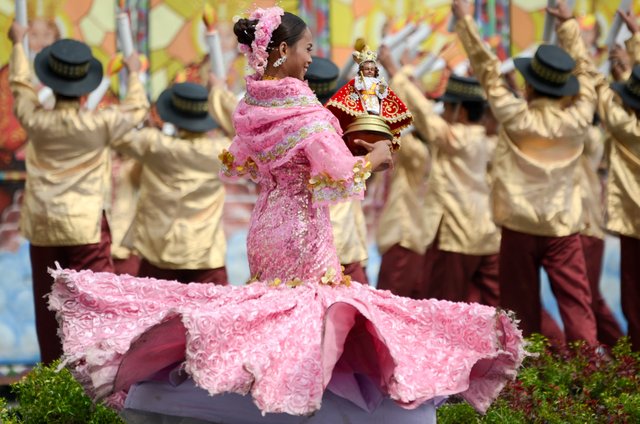
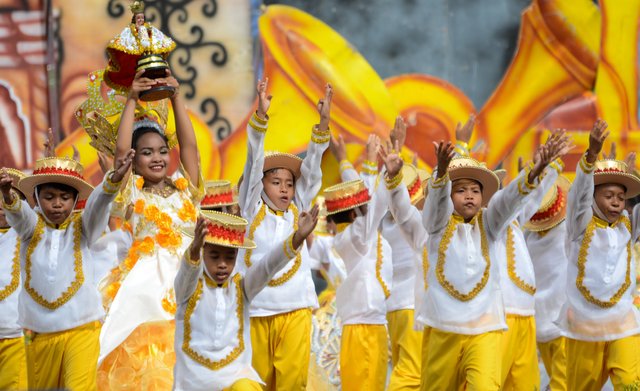
As Sinulog 2024 concludes, its impact resonates far beyond the festival grounds. The memories created, the cultural exchanges experienced, and the spiritual reflections undertaken contribute to the preservation and evolution of this iconic celebration. Sinulog is not just a momentary spectacle; it's a living, breathing testament to the resilience, faith, and unity of the Filipino people. In its continued vibrancy, Sinulog paves the way for future generations to inherit a legacy rich in tradition, culture, and collective celebration.